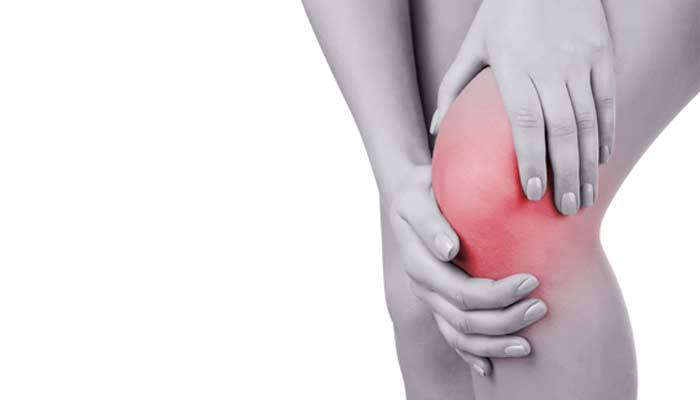
A dislocated joint occurs when one or more bones that holds a joint together slips out of place.
It’s a type of injury that typically produces intense and immediate (acute) pain while also temporarily immobilizing the affected joint. Shoulders and fingers are often affected, although any joint in the body can conceivably become dislocated if the right amount force is exerted on it. Most joint dislocations are temporary inconveniences that respond well to treatment.
What Causes a Joint to Become Dislocated?
Joint dislocations may occur after a hard fall or impact. People who play contact sports on a regular basis are also more susceptible to experiencing a dislocated joint. Dislocations can also happen because of an uneven distribution of weight, repetitious joint movements involving some degree of force, or existing joint deformities. Some individuals are also born with loose ligaments, which may increase joint dislocation risk.


How Can You Tell If a Joint Is Dislocated?
Dislocations are usually easy to spot, especially if there’s immediate pain in the affected area. There may also be visible redness, inflammation, or swelling. Other times, a dislocated joint may clearly appear out of place or deformed. Symptoms may also include:
- Little or no range of motion
- Pain triggered by movement
- Tingling sensations or numbness
How Are Dislocated Joints Diagnosed?
Because symptoms associated with a joint dislocation are sometimes similar to what’s experienced with a fracture (“bone break”), it’s important to receive an accurate diagnosis. After examining the affected area, an X-ray is often performed to confirm that a dislocation has actually occurred. An MRI scan may be done as well to evaluate nearby soft tissues.
Possible Treatment Options
Treatment will depend on the specific joint that’s affected and the extent of the dislocation. Initial treatment typically involves the RICE (rest, ice, compression, elevation) method. Minor or moderate dislocations may go back into place with appropriate manipulation or repositioning performed with the right level of forcefulness.
With manipulation, a sedative or anesthetic is usually used to ease discomfort. Following repositioning, immobilization is normally necessary to allow the joint and surrounding tissues to fully heal. To achieve this goal, a sling, splint, or cast is usually worn for anywhere from a few weeks to several weeks. The amount of time immobilization lasts will depend on the severity of the dislocation and related damage. Treatment may also involve:
- Rehabilitation after a sling, splint, or cast is removed
- Use of pain-relievers, anti-inflammatory drugs, or muscle relaxants to minimize discomfort during the healing process
- Surgery to reposition the dislocated joint
- Surgery to correct damage to soft tissues and/or nerves and nearby blood vessels
The risk of experiencing a joint dislocation may be reduced by making an effort to prevent falls. For some older individuals, this may mean getting regular eye exams or talking to a doctor about medications being taken for other conditions that cause dizziness or issues with balance. Younger, active athletes may be less likely to have problems with a dislocated joint when wearing correctly fitting gear and paying attention to proper form and technique.
